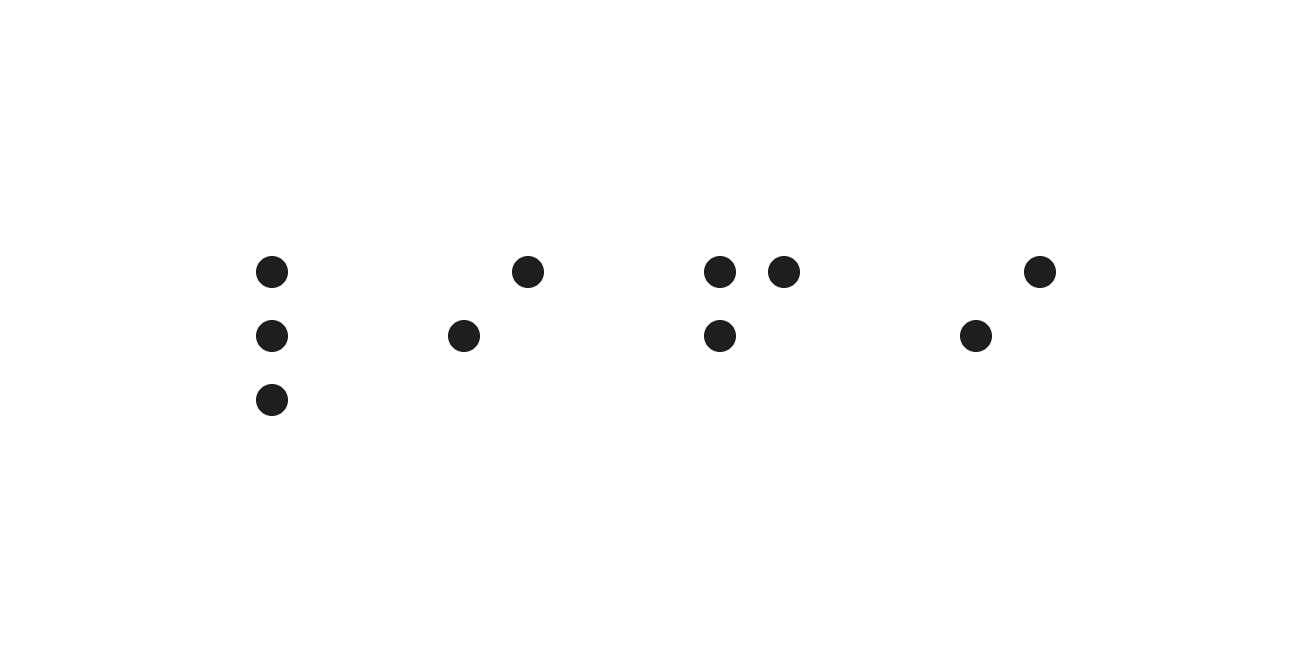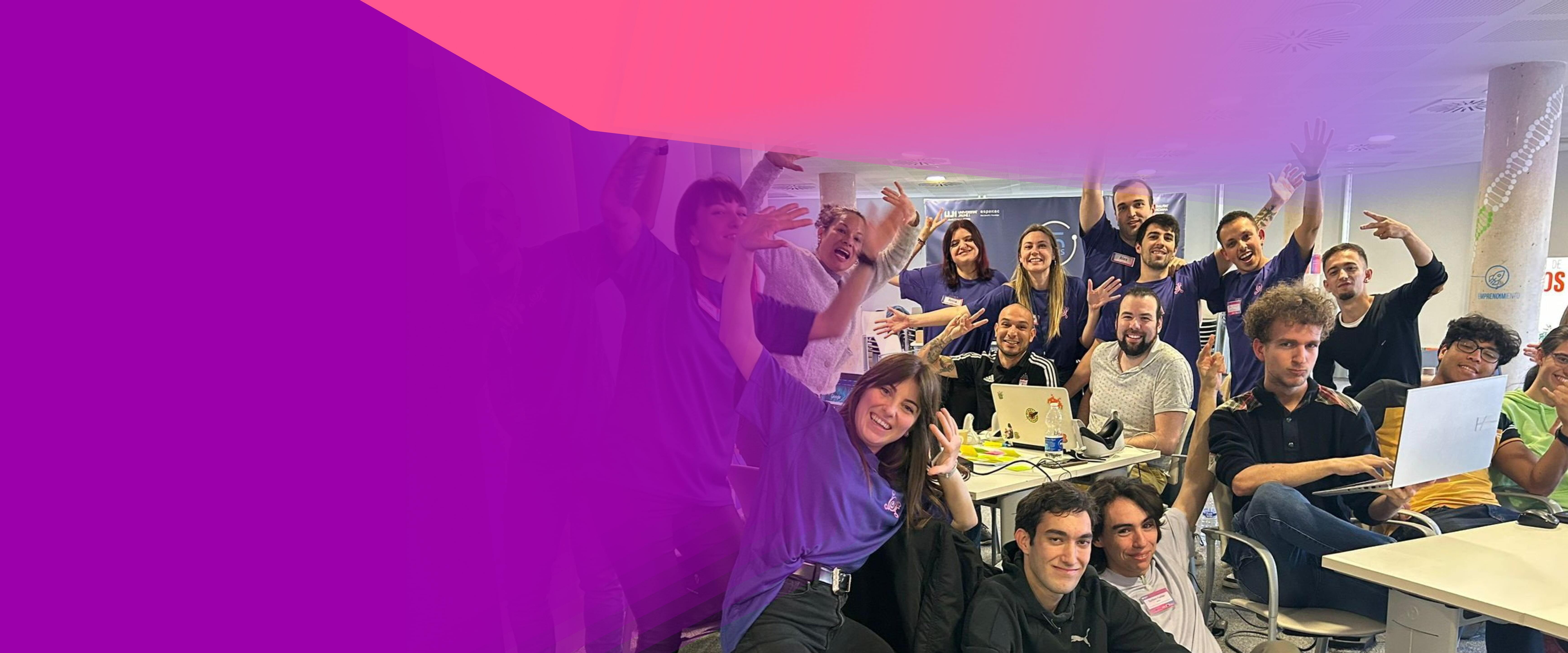FINALIST SOLUTION
Finalists for Beginner Awards: Social impact and Disruptive technology
Nav-LiFi
Solution details
Nav-LiFi utilizes Light Fidelity (LiFi) sensor technology, along with a companion app, to unlock explorative navigation and dynamic audio description within indoor spaces.
Tweet / Slogan
Accessibility, Illuminated.

Resources
- Nav-Lifi Pitch deck: a PDF presentation showcasing the mission, vision and implementation plan of the Nav-Lifi project. Pitch deck
- Demo video: a video demonstrating a use case of Lifi technology in the museum setting. The video captures the connection between a physical board (museum space layout), a digital map and the auditory queues given to a visually impaired user. Demo video
- Nav-Lifi Pitch video: a video recording given by one of our team members, Kangasniemi Frans, presenting the Nav-Lifi project (based on the pitch deck attached). Pitch Video
Context
In 2025, the EU will implement a policy to enhance museum accessibility, highlighting an urgent need for innovative solutions. During our participation in the DigiEduHack held by the Heureka Science Museum, our team developed a scalable solution to improve museum experiences for visually impaired visitors. We leverage a disruptive LiFi technology that offers real-time feedback and navigation assistance in large, crowded indoor spaces, promoting autonomy and independence. It meets Heureka’s goal of being a ‘free to roam’ museum and aligns with DigiEduHack 2024's theme of advancing general accessibility. By designing for those with the most significant accessibility challenges, our solution aims to create a future where anyone, irrespective of their visual abilities, can independently explore and enjoy cultural, educational or any indoor spaces.
Who Benefits?
Our solution targets the visually impaired, who benefit from enhanced navigational aids in public spaces like museums. By leveraging LiFi technology, we offer everyone, from educators and museum professionals to scenic designers, the opportunity to create more inclusive spaces that enrich learning and cultural experiences. Additionally, our solution provides safer high-speed internet communication and increased device connectivity. As LiFi uses LED lights, it could act as a data transmitter and an energy-efficient lighting, reducing power consumption. This innovation assists in managing visitor flow, enhancing visitor engagement, and ensuring compliance with upcoming EU accessibility mandates. Our approach fosters a more inclusive society by making cultural and educational resources accessible to a broader audience while advancing efforts towards sustainable solutions.
Impact
Our solution targets visually impaired individuals and benefits society, including educators, cultural professionals and scenic designers. It enables visually impaired people to engage in educational and cultural activities through accessible interactions and experiences. The LiFi technology transforms existing lighting infrastructure into a tool for real-time navigation, reducing energy costs and supporting carbon footprint goals. The system can integrate with indoor ventilation and heating systems, enhancing energy efficiency and sustainability. This approach not only facilitates more accessible access to indoor spaces but also promotes sustainable practices. The broad implementation of our solution allows for a more energy-efficient transfer of light and data, ensuring that accessibility improvements align with environmental objectives.
Team work
As a multidisciplinary team of designers, engineers, and business professionals, we possess expertise across UI/UX, supply chain, digital systems, 3D modelling, mechanics, and graphics – making us capable of developing business strategies and sophisticated designs that effectively engage stakeholders. As design students, we can deeply understand our stakeholders and refine our product based on user feedback to scale our solution. We would additionally benefit from electronic communications engineering, software engineering, and data science expertise to fully hone and implement our product into multiple spaces through optimized designs that minimize costs and environmental impact while seamlessly preserving its visual and thematic integrity.
Innovativeness
Our solution integrates RSSI-based triangulation with a deep-learning model to ensure precise positioning and compensation for signal noise and environmental variations. In this hybrid methodology, we modify existing systems that rely solely on basic triangulation or proximity methods. Moreover, our aim for Nav-LiFi’s wearable device is to minimize battery consumption by utilizing energy-efficient photodiodes to receive LiFi signals. Unlike traditional systems, which often require extensive and costly hardware installations, Nav-LiFi leverages existing LED infrastructure, making it a cost-effective and easily scalable solution. We emphasise adaptive real-time feedback, delivered through audio and tactile signals, so that visually impaired people can get a tailored navigation experience.
Transferability
Our solution is highly applicable across various educational and learning contexts beyond museums. It could be applied in schools, universities, libraries, and public spaces where navigation and accessibility are crucial. Integrating with existing lighting (LED) infrastructure means it can easily facilitate real-time navigation with a cost-efficient investment. This adaptability makes it ideal for educational institutions, healthcare facilities, transportation hubs, and corporate environments, where enhanced navigational support and energy-efficient data transfer systems benefit.
Sustainability
Our current focus is establishing a deeper understanding of our tech at a component level and forming partnerships with companies and individuals offering complementary expertise to develop our cost structures and supply chain value. Ultimately, we aim for a plug-and-play approach to make implementation easier with our clients, gradually integrating it into existing lighting infrastructure to ensure time and cost-effectiveness. In the mid-term, we plan to start with smaller high-traffic public spaces like museums, educational institutions and libraries by leveraging EU mandates on accessibility and energy efficiency. The reason to start small scale is so that there are more variables we can control during implementation to cause minimal disruptions and to gain experience with implementation before moving on to larger scale projects. In the long term, we envision expanding to various sectors, enhancing accessibility and connectivity in healthcare, retail, and public transportation, and establishing LiFi technology as a standard for accessibility solutions.

